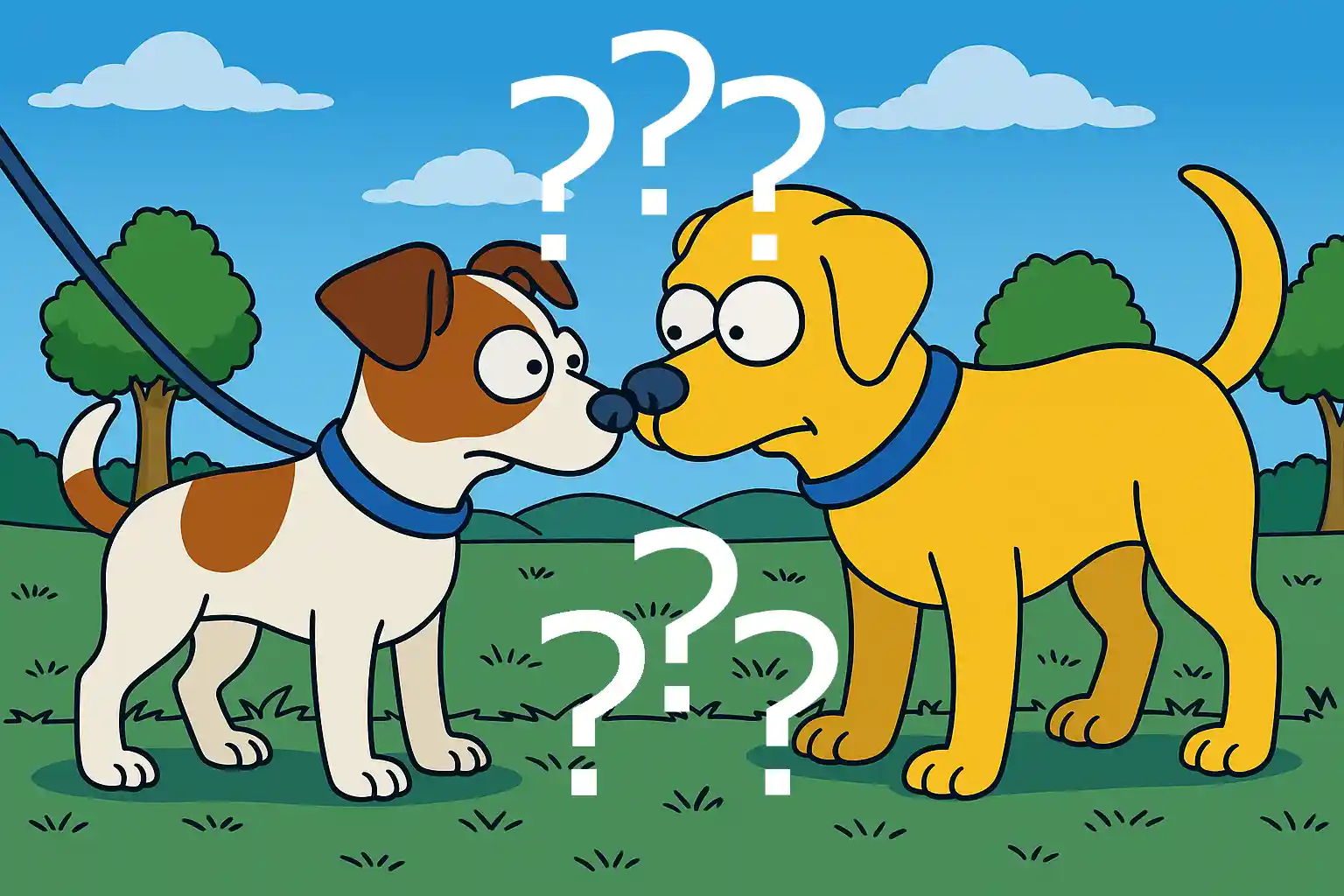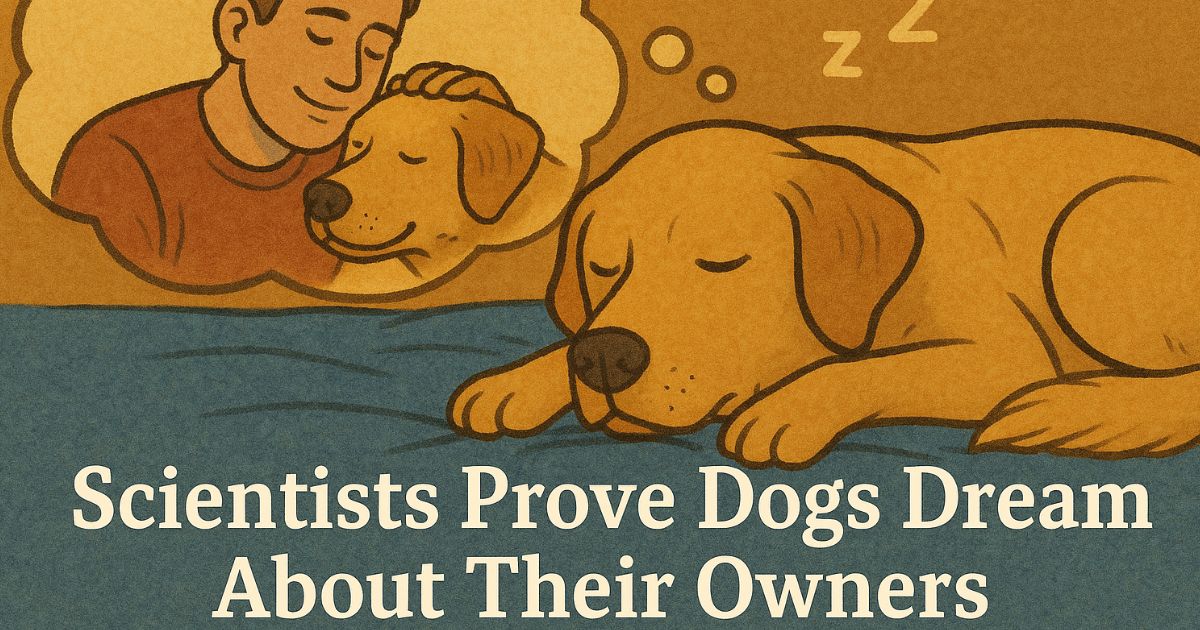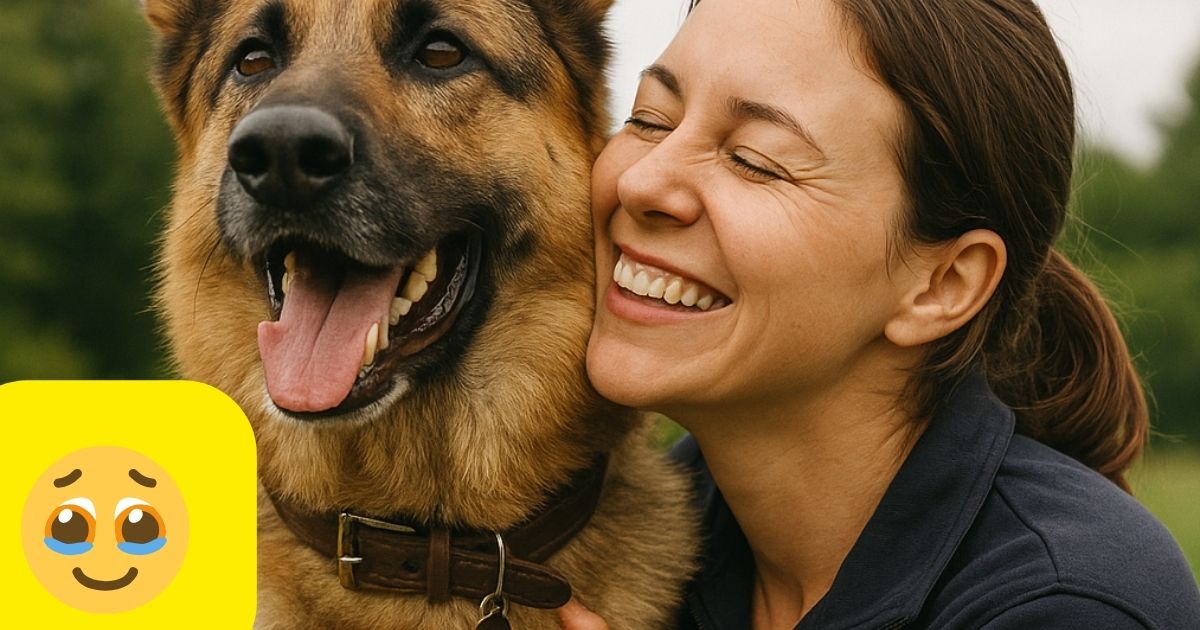🐾 How Do Dogs Communicate With Each Other?
A Field Guide for Canine Conversationalists (and Their Walk-Happy Humans)
I spend my days walking dogs—through leafy parks, bustling sidewalks, sandy beaches—and each time, I see them “talk.” Not with words, but with their bodies, their barks, even their noggins nudging each other. Their language is rich, nuanced, and faster than a squirrel sighting. Let’s decode it together—from the subtle cues you may be missing to big picture insights grounded in science.
🧠 Why Understanding “Dog Speech” Matters
Before diving deeper, here’s why tuning in matters:
- 🛑 Prevent fights and misunderstandings
- 🌱 Support confident socialization in puppies
- 💞 Strengthen your bond with your dog — understand the signs your dog loves you
- 🏆 Foster harmony in multi-dog homes
- 👁️ Understand stress before it shows up as noise or snapping
Once you learn “dogtalk,” park days feel like silent subtitles—only with more tail wags than emojis.
1. 🧍♂️ Body Language: The Core of Dog Communication
Dogs convey most with body shifts, posture, and tail position. This is their go-to dialect.
Key Signals:
- Play Bow (Front down, butt up): A friendly invite
- Stiff Posture: Preparedness—might lead to play or conflict
- Loose, Bouncy Movement: Easygoing and relaxed
- Raised Hackles: Emotional overload—could be excitement or anxiety
- Turn-Away / Yawning: De-escalation—“I mean no harm”
📚 Fun fact: Dogs wag right when they’re relaxed, left when unsure :contentReference[oaicite:1].
2. 👀 Facial Cues & Eye Contact
Underestimated and powerful—dog faces communicate volumes.
- Soft, relaxed eyes & mouth: Comfort
- “Whale eye” (showing whites): Feeling threatened
- Pinned-back ears: Anxiety
- Forward ears & direct stare: High focus, possibly challenging
Some breeds (pugs, bulldogs) have muted facial cues, so rely on body signals more.
3. 👃 Scent Language: Their Postal System
Dogs rely on smell to “chat,” not just walk routes. They can detect chemical cues others miss.
How They Use It:
- Urine marking: Territorial claims, emotional signals, reproductive info
- Sniffing rears: Instant identity check
- Pheromones: Emotional states transmitted chemically
- Jacobson’s Organ (VNO): Detects pheromones with high sensitivity :contentReference[oaicite:2]
Their noses—some with up to 300 million receptors—are the original scanners :contentReference[oaicite:3]. They inhale, not inhale—sniff sniff, sniff sniff—to sample info.
4. 🔊 Vocal Communication: Barking, Growling & More
Vocalizations add context when body language can’t be seen or felt.
Common Sounds:
- Bark: Excitement, alert, invitation, protest
- Growl: Warning, dominance, or playful banter
- Whine: Stress or submission
- Yelp: Pain or surprise
- Howl: Long-distance or situational communication :contentReference[oaicite:4]
Recent machine learning research even decodes barks to predict intent—up to ~70% accuracy :contentReference[oaicite:5].
5. ✋ Touch: Subtle Yet Meaningful
Physical cues say a lot—from paw taps to leaning in.
- Pawing: “Play?” or gently assertive
- Muzzle nudge/lick: deference or greeting
- Leaning on each other: Bonding and comfort
- Body slams/mounting: Playful roughhousing or boundary testing
Good play includes breaks, shifting roles, and loose bodies.
6. 🤝 Social Intelligence: Contextual Adaptation
Well-socialized dogs are skilled negotiators. They read each other, adapt to energy, and know when to back off.
Social Learning:
- Referencing behavior: If a dog flinches at a sound, others follow suite
- Energy matching: High-energy dogs calibrate based on signals
Under-socialized pups may misread cues, leading to conflict :contentReference[oaicite:6].
🔍 Science Corner: Recent Research Insights
3.1 Genetics & Cognition
University of Arizona study: 375 puppies showed social cognition at 8 weeks—40% of this ability is inherited :contentReference[oaicite:7].
3.2 Soundboard Dogs
Sheepadoodle “Bunny” and others learned 90+ button words, responding contextually to commands used via buttons—not gestures :contentReference[oaicite:8].
3.3 Vomeronasal System
The VNO (Jacobson’s organ) is crucial for pheromone detection—reinforces the importance of scent in communication :contentReference[oaicite:9].
3.4 Smell Preferences
Dogs prefer natural scents—lavender, mint, berry—suggesting scent cues could be used in enrichment :contentReference[oaicite:10].
3.5 Vocal Emotion Classification
AI models can classify dog audio emotions with ~70% accuracy—paving the way for better welfare tools :contentReference[oaicite:11].
🧭 Final Thought: Hearing Their Hidden Chatter
Dogs don’t just bark—they talk. Their language is woven through glance, wag, sniff, nudge, and trill. Once you tune in, dog walks become storybooks: each tail flick or sniff-scamper says something new.
So next time you’re strolling, watch intently, listen closely, and maybe yes—even sniff along. Because your dog’s packing an entire silent conversation—and now, you can be part of it too.
Deepen your understanding of canine behavior: Learn about how smart dogs really are, discover what dogs’ staring truly means, and understand what your dog’s emotions reveal.
🐕 Want More Dog Deep-Dives?
Explore more guides and insightful tips in our home. From puppy socialization to training tricks, we’ve got your dog-life covered.
❓ FAQs Answered First (Because It’s What You’ve All Wondered)
🔥 What’s the clearest sign two dogs might fight?
Locked stare, stiff body, raised hackles and growl. If neither breaks eye contact—step in.
🎉 Is every tail wag a sign they’re happy?
Not really—tail wagging = arousal. A loose wag usually equals excitement. A stiff, high wag might be stress or dominance.
🐶 Do dogs really understand each other’s barks?
Absolutely—they decode bark tone, pitch, and rhythm in context. A fast, high-pitched bark invites play, a deep one warns.
🐾 How do puppies learn dog language?
By exploring—play teaches bite limitations, calming signals, and body postures. Early exposure is crucial.
🗣️ Are dogs actually conversing with each other?
Yes—through sight, scent, touch, and sound. What looks like random interaction is highly intentional.



